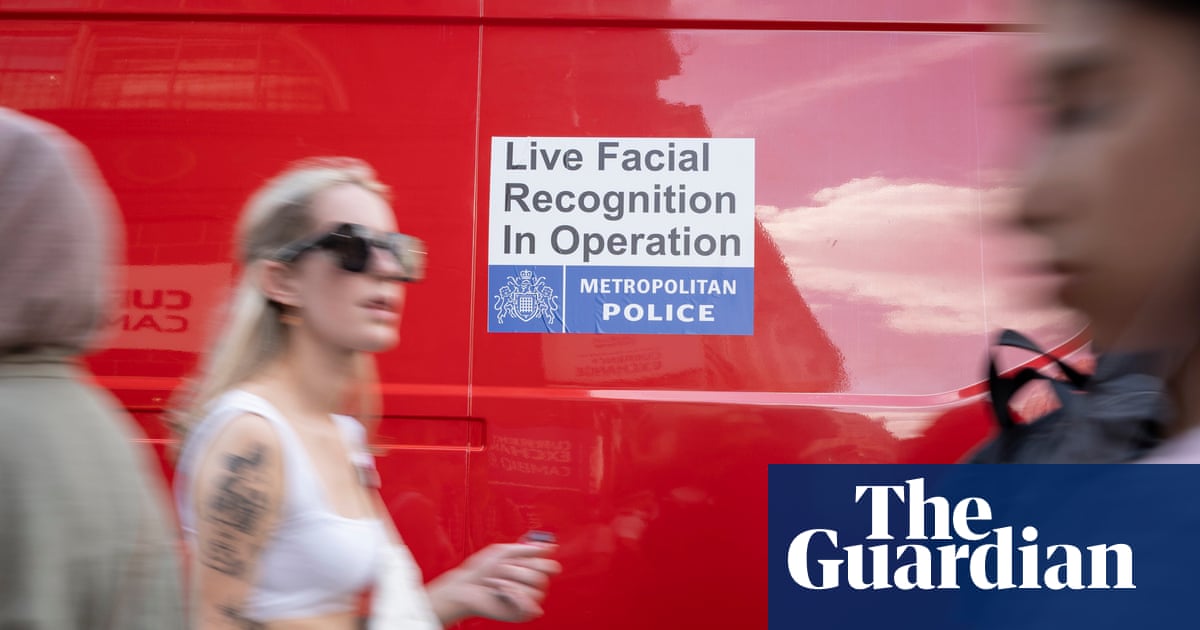
"But Fussey said: The claims the Met are making about the absence of bias from the NPL report are not substantiated by the facts in that report. For LFR to work, the sensitivity of the system can be varied. The more sensitive it is the more people it will detect, but the higher its potential bias will be on racial, gender and age grounds."
"At a setting of 0.6 it found seven cases where people in its test were wrongly flagged as wanted a false positive. All were from ethnic minorities. The study results were gained after 178,000 images were entered into the system. Four hundred volunteers walked past cameras approximately 10 times each, providing 4,000 chances for the system to correctly recognise them. They were contained in what the study estimated were crowds of more than 130,000 people at four sites in London and one in Cardiff."
The Metropolitan police plan to deploy live facial recognition at two approach sites to the Notting Hill carnival during the bank holiday weekend. The Equality and Human Rights Commission has said police use of LFR is unlawful. An independent academic review leader concluded that claims of bias-free operation are not substantiated by the National Physical Laboratory report. The NPL testing showed bias at a threshold of 0.56 and produced seven false positive flags at 0.6, all affecting people from ethnic minorities. Testing used 178,000 images, 400 volunteers (about 4,000 recognition opportunities), estimated crowds over 130,000, and ran 34.5 hours in sunny conditions.
Read at www.theguardian.com
Unable to calculate read time
Collection
[
|
...
]